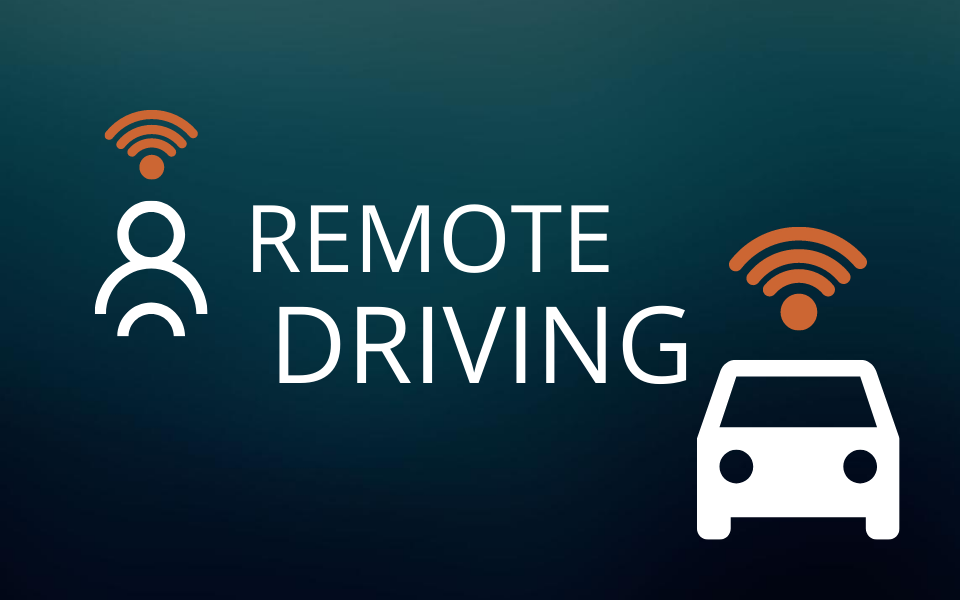Remote Driving | The Future of the Industry

Self-driving technology has always faced a (thus far) impassable problem: how can a computer mirror the complexity of human reasoning and perception? Truly the issue is even bigger than that. Humans make mistakes that result in horrible accidents, but we accept that because we understand human nature. A self-driving vehicle will not be given the same grace. If it has the potential of malfunction, we won’t have it. While no one company has quite identified the solution, it seems the tech company Voyage is offering a workaround that might just solve the human problem: remote drivers.

Voyage has created its Telessist Pod to be identical to the driver seat of a car and fully connected and synced with the vehicle it controls. In tandem with their other AI and autonomous driving programs, Telessist essentially creates a layer of additional safety for their self-driving vehicles. Voyage is leveraging their max vehicle speed of 25mph to identify their first offering: taxi service at The Villages retirement community in Florida which has a community-wide speed limit of 25 mph.
Competition is already heating up to perfect a system for a remote driving model suggesting remote driving may open a larger industry as a whole. Phantom thinks the model can apply to more than just road-bound vehicles, raising $13.5M to expand their remote driving business to delivery bots and forklifts. The possibilities of use are truly endless.
Opportunities for dealerships are likely to spring from the addition of vehicles, including an entirely new demand for parts and maintenance on not only the cars on the road but also the remote technology. For the shipping industry, this could change everything. No longer will truckers need to dedicate their lives to the road. Instead, they could commute to their local office and check-in to drive for the day anywhere in the country. The efficiency alone would save shipping companies millions every year. When a truck goes down for maintenance, the driver can simply connect to another vehicle and continue driving. For taxi services, the same efficiency would be enjoyed plus the safety of removing human contact from the equation- especially in the age of a pandemic.
Do you think remote driving will become a norm in transportation? Leave a comment below!
We’ve created an extensive library of free e-books, DMS education, parts inventory education, and more editions of this series exploring industry trends and helping you prepare for the future of the industry.
Thoughts, questions, or opinions? Get in touch!

Submit a Comment
Your email address will not be published. Required fields are marked *